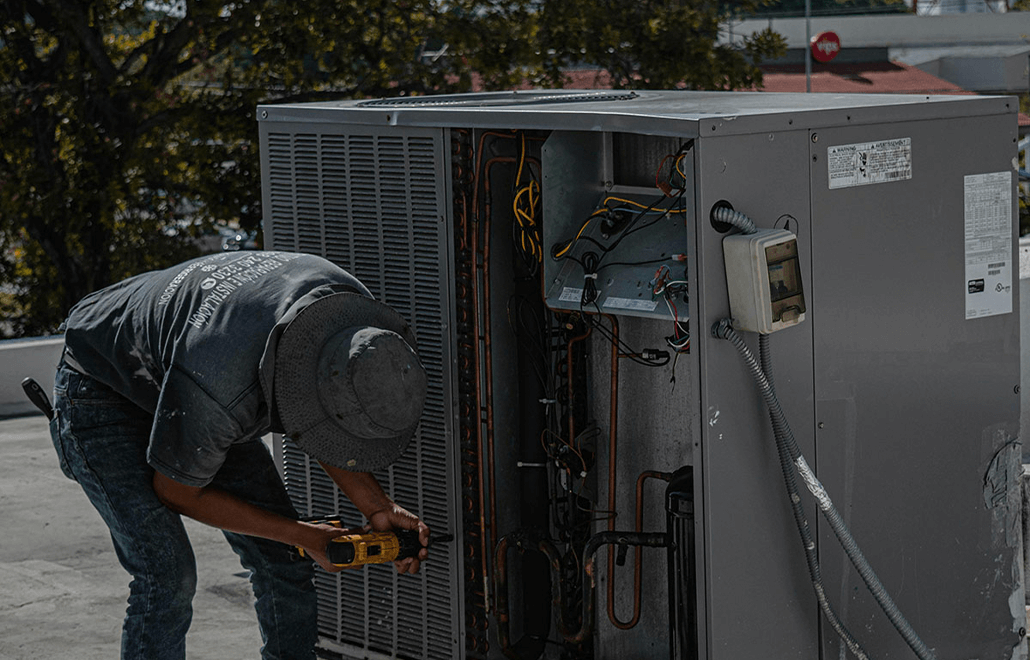In North Texas, where the climate can swing from scorching summers to surprisingly chilly winters, maintaining your HVAC system isn’t just a recommendation—it’s a necessity. The unique weather patterns here present a set of challenges that can significantly affect your home’s heating, ventilation, and air conditioning system. Regular maintenance is crucial to ensure your HVAC system operates efficiently, effectively, and has a long operational life. Here’s a comprehensive guide on how to keep your system in top shape amidst the North Texas weather.
Understand the Demands of North Texas Weather
North Texas weather is notable for its extremes. Summers are typically hot and long, with temperatures frequently soaring above 100°F, putting intense strain on air conditioning units. Winters, while generally mild, can have sudden cold snaps where temperatures drop below freezing. This variability means your HVAC system must work hard year-round to maintain comfort.
Seasonal Maintenance Tips
Spring and Fall Check-ups:
• Spring: Before the onset of summer, ensure your air conditioning is ready to handle the heat. Replace filters, clean coils, and check refrigerant levels. It’s also a good time to test your thermostat to see if it needs any recalibration.
• Fall: As temperatures start to dip, prepare your heating system. This includes checking the furnace operation, changing the filter, and ensuring that the heating elements and ignition system are clean and functional.
Monthly Maintenance Tasks:
• Air Filter Replacement: Depending on the type of filter you use, replace it every 30 to 90 days. A clean filter prevents the system from overworking, which can lead to higher energy bills and system strain.
• Clearing Debris: Keep the external components of your HVAC system free of debris, such as leaves, dirt, and branches. This ensures optimal airflow and system efficiency.
Tackling Humidity and Air Quality
The high humidity levels in North Texas during summer can also tax your HVAC system. Increased humidity levels can make indoor air feel warmer than it actually is, prompting your AC to work harder.
• Use a Dehumidifier: Integrating a dehumidifier with your HVAC system can help manage indoor moisture levels, making your home more comfortable and preventing mold growth.
• Regular Duct Cleaning: Ensure your ducts are inspected and cleaned regularly to prevent dust, mold, and pathogens from circulating through your home.
Professional HVAC Inspection
While many tasks can be performed DIY, a professional inspection should not be overlooked. Schedule at least an annual check-up with a certified HVAC technician. They can:
• Perform an in-depth assessment of the entire system.
• Identify issues like duct leakage or worn-out electrical components, which might not be apparent to the untrained eye.
• Help fine-tune your system for optimal performance, which can extend the life of the unit and improve energy efficiency.
Embrace Smart Technology
Consider upgrading to a smart thermostat if you haven’t already. These devices can significantly enhance the efficiency of your HVAC system by adapting to your temperature preferences and scheduling and adjusting the climate control settings based on when you’re home or away.
Maintaining your HVAC system in North Texas is about more than just comfort—it’s about efficiency and longevity. The region’s harsh weather patterns demand a proactive approach to HVAC care. By following these tips and regularly consulting with HVAC professionals, you can ensure that your system remains a reliable fortress against the Texas weather, year after year.



